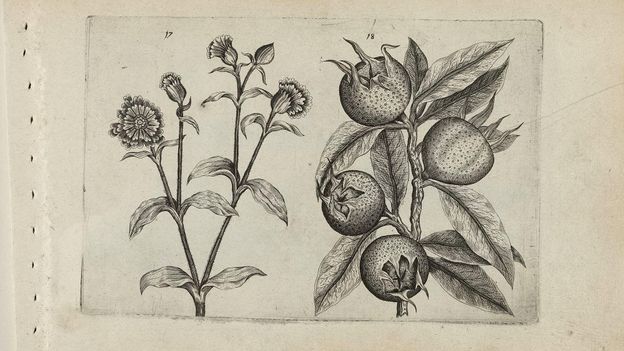Disir
Platinum Member
- Sep 30, 2011
- 28,003
- 9,615
- 910
In 2011, archaeologists found something unusual in a Roman toilet.
The team were excavating the ancient village of Tasgetium (now Eschenz, Switzerland), ruled by a Celtic king who was personally given the land by Julius Caesar. It was built on the banks of the river Rhine, along what was then an important trade route – and as a result, its remains have been steeped in water ever since. What should have rotted away centuries ago was uncovered in a remarkable state of preservation, protected by the lack of oxygen in the boggy conditions.
It was here that, nestled among the remains of familiar foods such as plums, damsons, cherries, peaches and walnuts in an ancient cesspit, the archaeologists found 19 curiously large seeds. Though they were, let's say, "deposited" there nearly 2,000 years ago, they almost looked fresh enough to have been found yesterday – except that the fruit they belong to is now so obscure, it can baffle even professional botanists.
The polite, socially acceptable name by which it's currently known is the medlar. But for the best part of 900 years, the fruit was called the "open-arse" – thought to be a reference to the appearance of its own large "calyx" or bottom. The medlar's aliases abroad were hardly more flattering. In France, it was variously known as "la partie postérieure de ce quadrupede" (the posterior part of this quadruped), "cu d'singe" (monkey's bottom), "cu d'ane" (donkey's bottom), and cul de chien (dog's bottom)… you get the idea.
And yet, medieval Europe was crazy about this fruit.

 www.bbc.com
www.bbc.com
Yeah, I can see why that fell out of favor.
The team were excavating the ancient village of Tasgetium (now Eschenz, Switzerland), ruled by a Celtic king who was personally given the land by Julius Caesar. It was built on the banks of the river Rhine, along what was then an important trade route – and as a result, its remains have been steeped in water ever since. What should have rotted away centuries ago was uncovered in a remarkable state of preservation, protected by the lack of oxygen in the boggy conditions.
It was here that, nestled among the remains of familiar foods such as plums, damsons, cherries, peaches and walnuts in an ancient cesspit, the archaeologists found 19 curiously large seeds. Though they were, let's say, "deposited" there nearly 2,000 years ago, they almost looked fresh enough to have been found yesterday – except that the fruit they belong to is now so obscure, it can baffle even professional botanists.
The polite, socially acceptable name by which it's currently known is the medlar. But for the best part of 900 years, the fruit was called the "open-arse" – thought to be a reference to the appearance of its own large "calyx" or bottom. The medlar's aliases abroad were hardly more flattering. In France, it was variously known as "la partie postérieure de ce quadrupede" (the posterior part of this quadruped), "cu d'singe" (monkey's bottom), "cu d'ane" (donkey's bottom), and cul de chien (dog's bottom)… you get the idea.
And yet, medieval Europe was crazy about this fruit.

The forgotten medieval fruit with a vulgar name
Medieval Europeans were fanatical about a strange fruit that could only be eaten rotten. Then it was forgotten altogether. Why did they love it so much? And why did it disappear?
Yeah, I can see why that fell out of favor.

